I originally bought this kimono to go with a specific obi, my Stations of the Tokaido Hakata obi. It’s a warm, rich brick red that really screams fall, which goes very well with the delicate kiku motif saraga nui embroidery around the hem.
It’s a much more mature kimono than my tastes usually veer to, but I think sometimes it’s nice to have simple, classic things to fall back on. It’s also great for dressing people who may be older, or may not be comfortable with really crazy vivid vintage kimono designs.
The embroidery is very delicate. I’ve come to notice that between this and my shifuku houmongi, I’m starting to amass a collection of really intricate french knot embroidered kimono. Perhaps I can use this as an excuse to buy more!
I’ve only had the chance to wear it once, when I went out to visit Amelie, but hopefully I’ll have more appropriate and seasonal opportunities to wear it in the future.







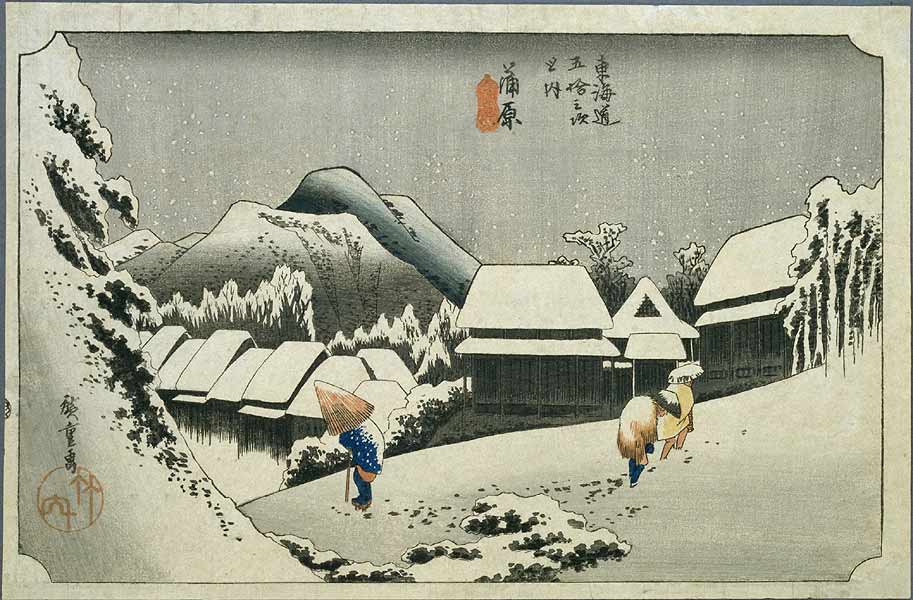





























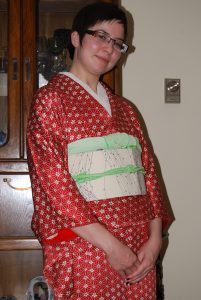
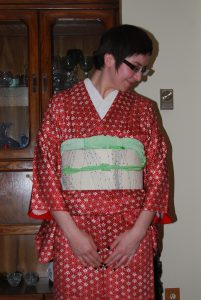
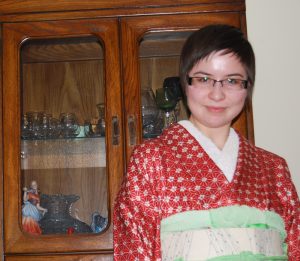
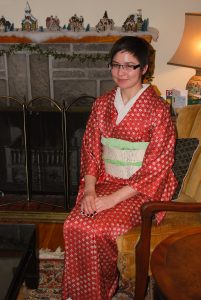
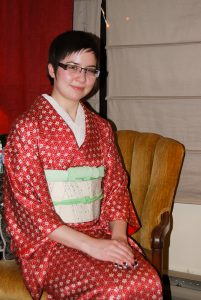
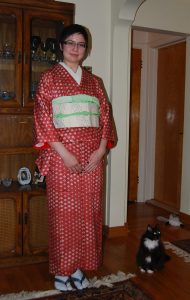
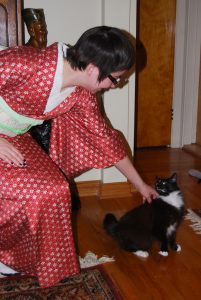
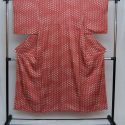
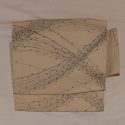
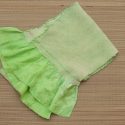
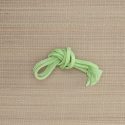












 Bebe Taian
Bebe Taian CHOKO Blog
CHOKO Blog Gion Kobu
Gion Kobu